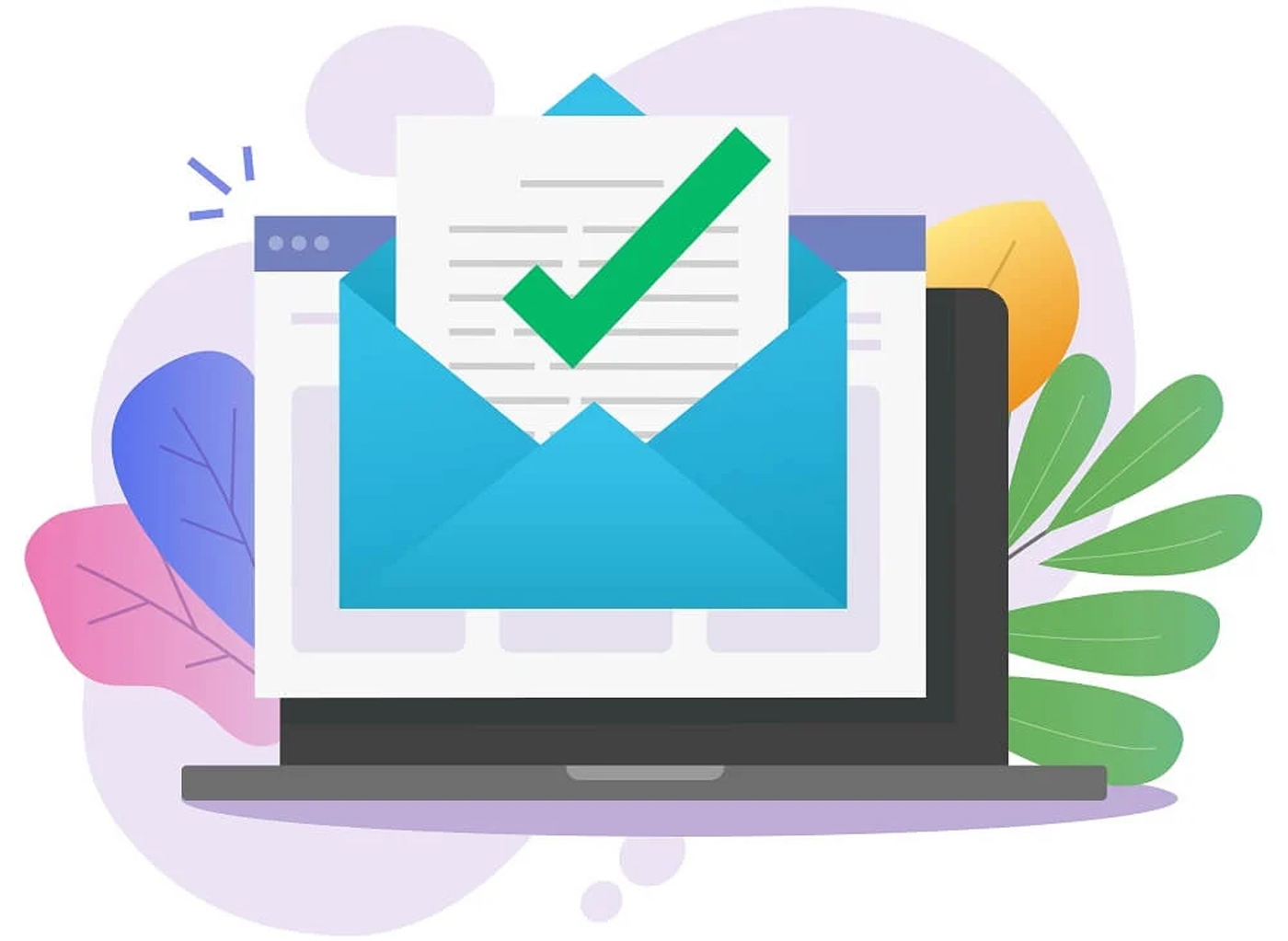
In the fast-paced world of digital marketing, every email you send carries weight. Your campaigns depend not only on great content but also on a clean, healthy list of recipients. However, one overlooked but incredibly critical step is the need to validate email addresses before launching your campaigns. Skipping this can result in major setbacks from poor deliverability to reputational damage.
What Does It Mean to Validate Email Addresses?
First, let’s clarify what this process entails. To validate email addresses means to ensure that an email address is valid, exists, and is capable of receiving messages. Validation goes far beyond checking for typos or syntax. It dives deep into verifying the domain and pinging the server to ensure the mailbox is live.
For example, while “[email protected]” may look acceptable at first glance, validation tools will instantly flag this as a typo for “gmail.com” and suggest corrections. Additionally, they will detect temporary or disposable emails often used by bots.
The Hidden Dangers of Unvalidated Lists
Failing to validate your email list might not seem like a big deal until it is. Consider this: when you send emails to invalid or inactive addresses, you get hard bounces. These bounces tell email providers that you’re not keeping your list clean. Eventually, your domain gets flagged. This means future emails, even to valid addresses, may go to spam or worse, get blocked entirely.
Beyond technical issues, there’s a serious ROI concern. Every email you send costs money whether it’s the platform’s fee, your time, or opportunity costs. Sending emails that never get delivered is simply burning money. So, to maintain a lean and effective operation, you absolutely need to validate email addresses.
How Email Validation Works: Step-by-Step
Let’s break down the actual mechanics of how email validation works. It’s typically a three-phase process:
- Syntax Check – This step ensures the email adheres to formatting rules (e.g., [email protected]).
- Domain Verification – This confirms that the domain exists and has an active Mail Exchange (MX) record.
- Mailbox Validation – This is the most critical step. The tool pings the mail server and determines whether the exact mailbox exists.
This multi-layered validation process dramatically reduces the risk of sending to inactive or fake email addresses.
When Should You Validate Email Addresses?
Contrary to popular belief, email validation isn’t a one-and-done task. Instead, it should become a regular part of your workflow. Here are the key moments when you must validate:
- Before launching a campaign: Never send a blast without verifying your list.
- When capturing new leads: Implement real-time validation at the point of entry.
- After list imports or merges: Clean merged data immediately to avoid corrupting your CRM.
- On a scheduled basis: Run quarterly or monthly cleanups to maintain data hygiene.
Over time, even high-quality lists decay. People change jobs, abandon old accounts, or switch providers. Therefore, validating your emails regularly ensures long-term accuracy.
Why This Matters for Email Deliverability?
Email deliverability is the ability of your messages to land in inboxes rather than spam folders. ISPs like Gmail and Outlook evaluate your sending practices continuously. High bounce rates signal sloppiness and potentially malicious behavior.
Conversely, when you consistently validate email addresses, your bounce rates remain low, your sender score increases, and your inbox placement improves. This creates a snowball effect more emails are delivered, read, and clicked.
Real-World Benefits of Validation
Let’s consider a real-world scenario. Imagine you’re running an eCommerce store, and you’ve built a list of 20,000 subscribers over two years. If even 15% of those are invalid, that’s 3,000 wasted emails per campaign. If your email platform charges you per send, that’s a tangible financial loss every time you run a promotion.
Moreover, validated lists tend to engage more. You’ll see higher open rates, better CTRs, and ultimately more conversions.
How Boost Inbox Helps You Validate Emails
Thankfully, tools like Boost Inbox make it easy to validate email addresses efficiently. Whether you upload in bulk or use their API for real-time checks, Boost Inbox gives you accurate results fast. It even helps identify:
- Typo domains like gmial.com or yaho.co
- Disposable emails from temporary services
- Role-based emails (info@, support@) that may harm your engagement metrics
- Spam traps that can blacklist your domain
With their analytics dashboard, you gain complete visibility into your list quality.
SEO, Content Performance, and Email Quality
Interestingly, validating email addresses also contributes indirectly to SEO performance. Here’s how: quality emails lead to better campaign results. This drives more traffic to your landing pages, which increases on-page engagement and shares both of which positively influence your site’s search engine ranking.
In addition, clean data results in fewer complaints and unsubscribes, which contributes to higher overall brand trust.
Final Thoughts
If you’re still treating email validation as an optional step, it’s time to change your mindset. Validate email addresses to protect your domain, cut costs, and improve ROI across the board. It’s not just a technical fix it’s a strategic advantage.
So, before your next campaign, make email validation your first move. Your engagement rates and your bottom line will reflect the difference.